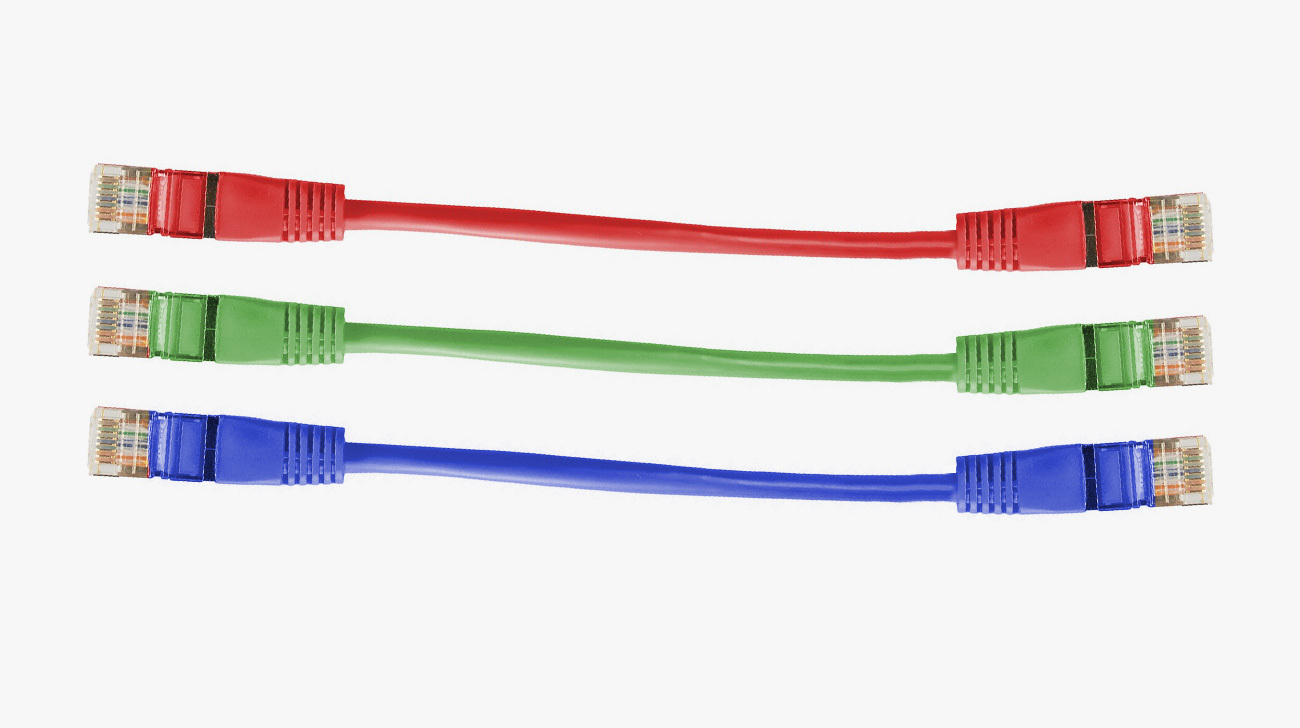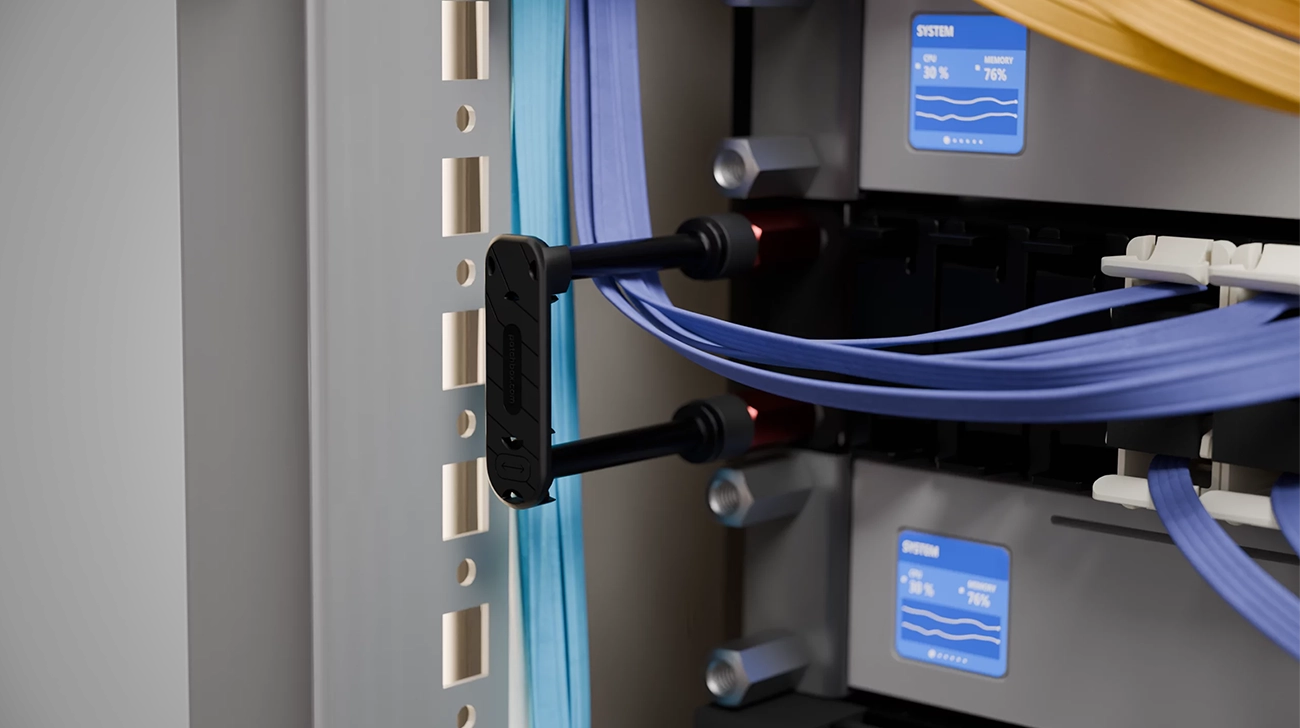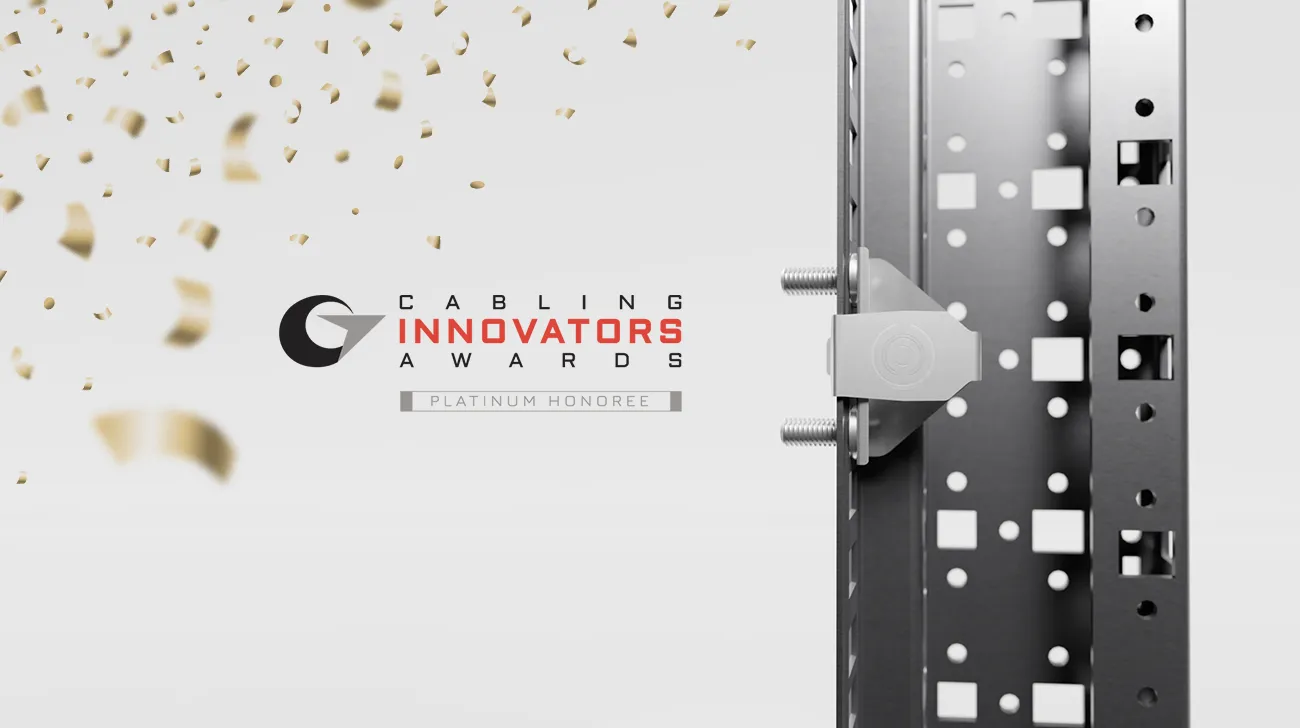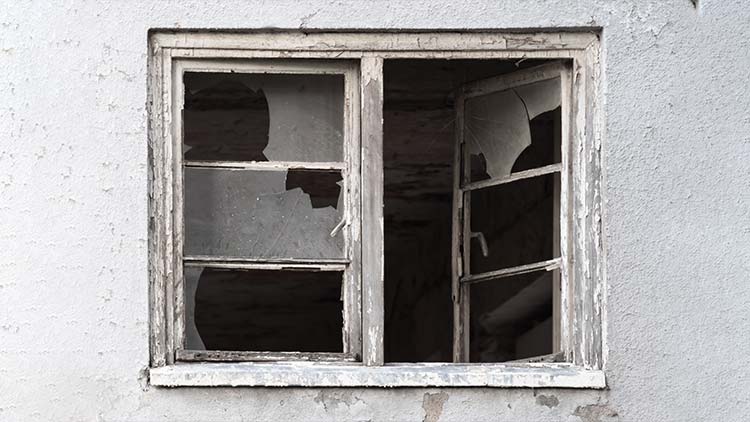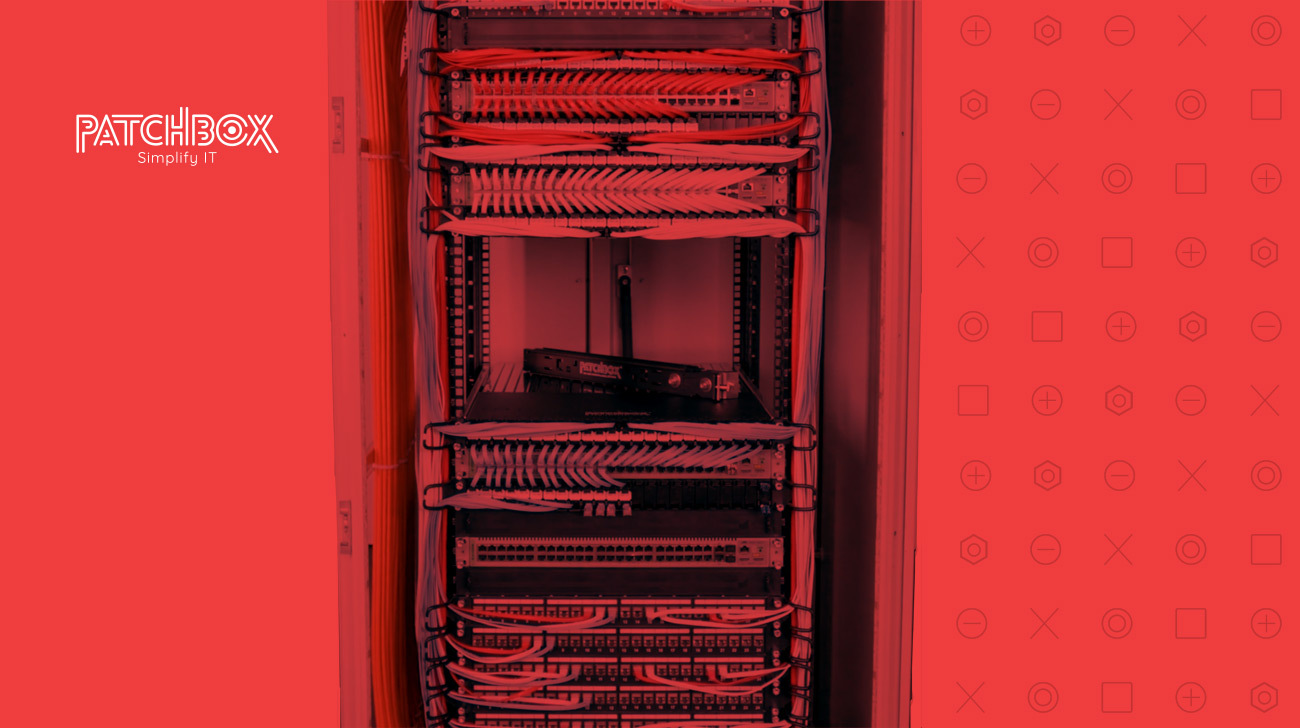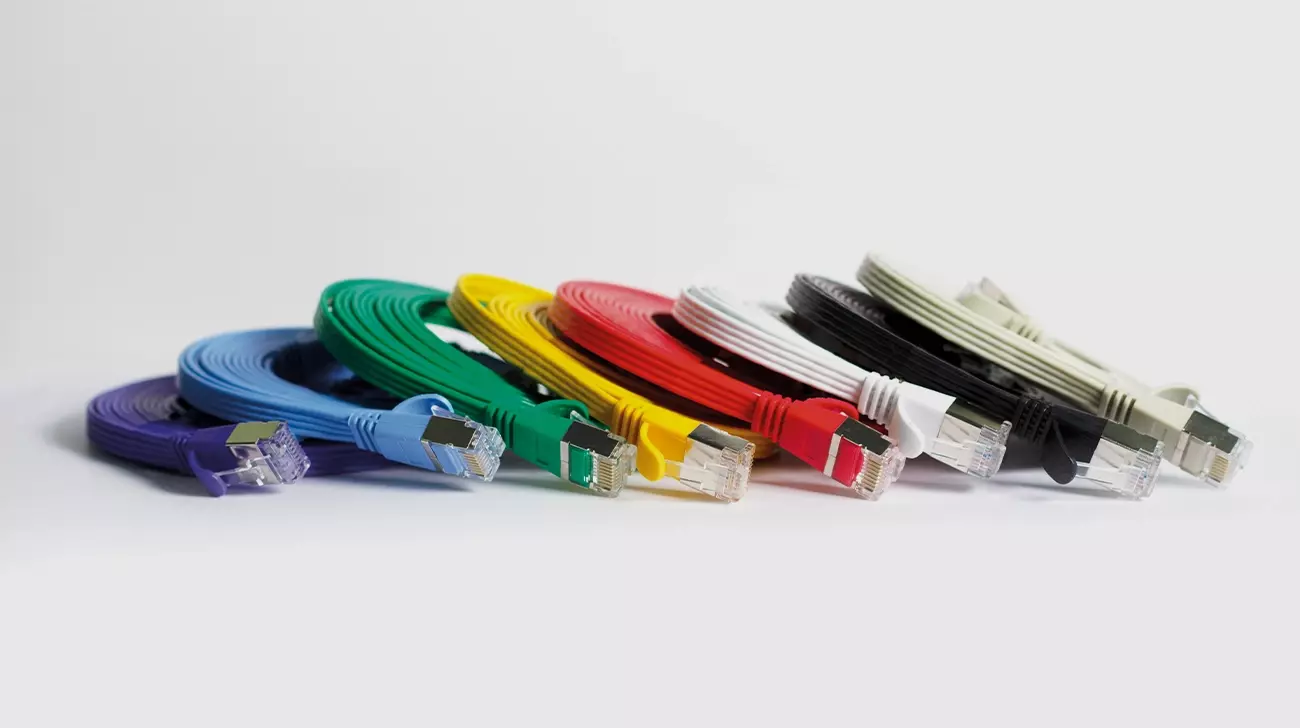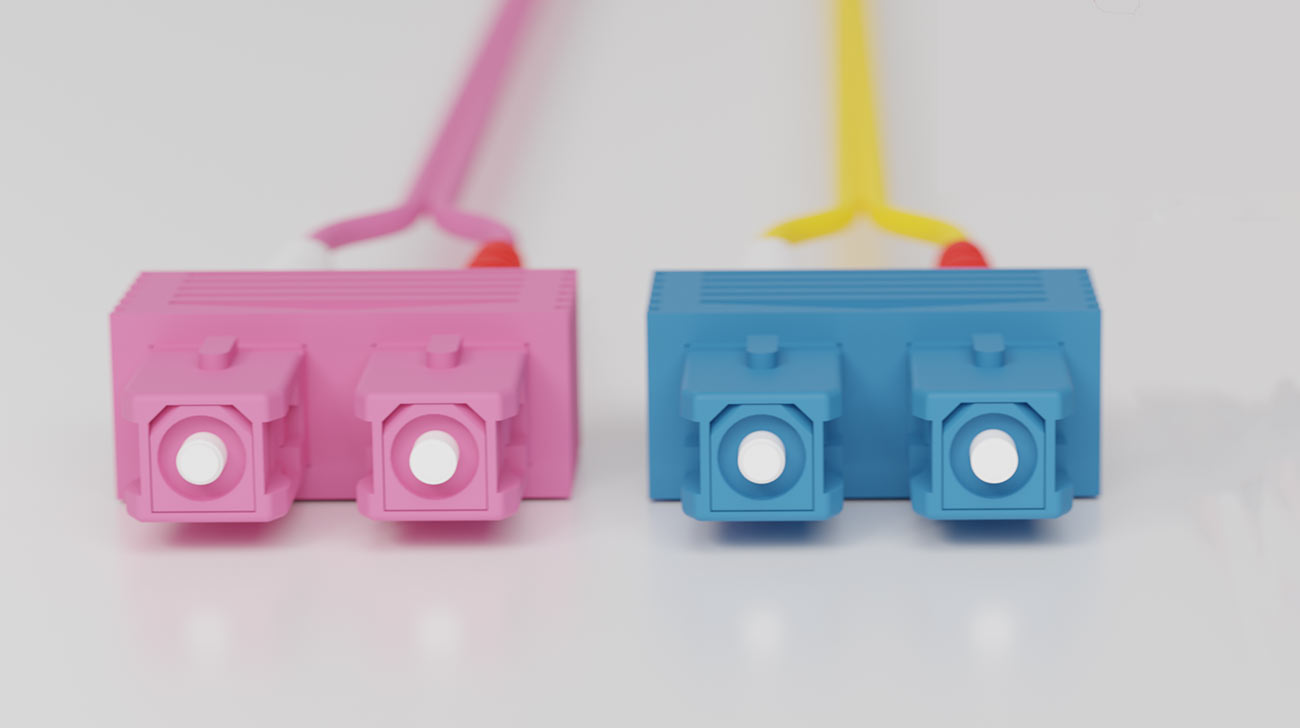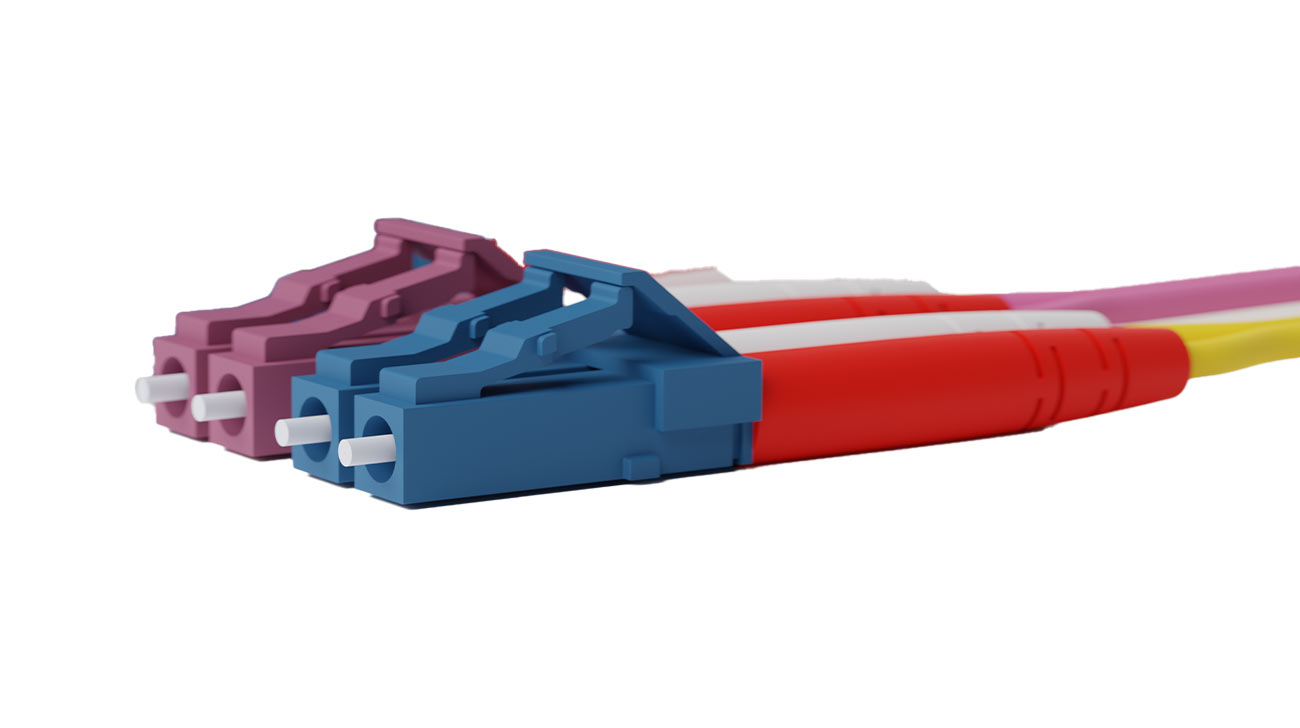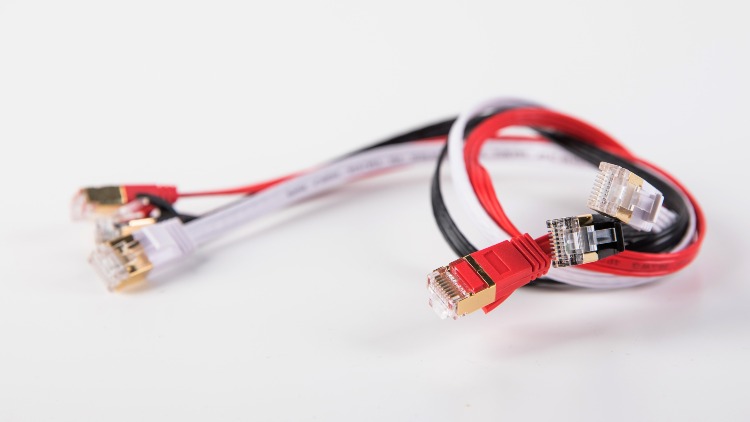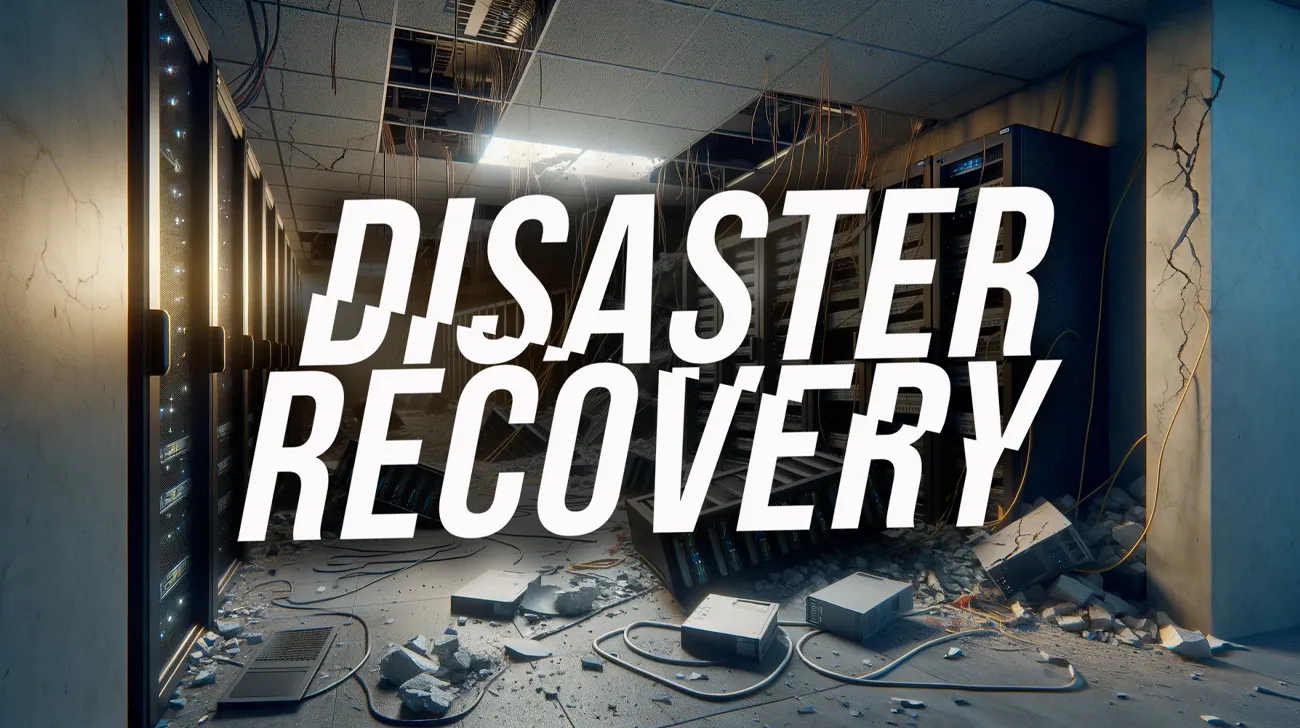Patch cables are widely used in computer networks to connect devices such as computers, routers, and switches. Some network administrators prefer to use short patch cables with less than 50 cm/19.68 inches length to maintain tidy and neat cabling. But using them can cause some problems.
The problems with short patch cables
Using short patch cables might look convenient at first, but they do not comply with international standards, leading to a worse hardware performance and problems in the rack.
Short patch cables are not covered by the ISO/IEC11801 standard, which is an internationally recognized standard for the design and installation of cabling systems for data transmission in buildings.
So, why are short patch cables with less than 50 cm/19.68 inches not covered by this standard? One of the reasons is that they can cause problems such as Near-End Crosstalk (NEXT) and Return Loss (RL).
The ISO/IEC11801 standard ensures that network infrastructure has high performance and reliability. Short patch cables that do not comply with the standard can compromise network performance, leading to connectivity problems and data transmission errors.
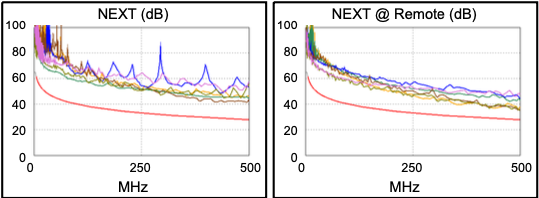
Near-End Crosstalk (NEXT) and Return Loss (RL)
NEXT is the phenomenon where electrical signals on one cable interfere with signals on adjacent cables. When two cables run closely together, the electrical signals on one cable can leak onto the adjacent cable, leading to interference and signal distortion.
This can result in errors in data transmission, especially when connecting high-speed devices or working with large amounts of data. When using short patch cables, however, the twisting of the wire pairs may not be sufficient to cancel out all sources of interference, increasing the risk of NEXT occurring.
Return Loss is another issue that can arise when using short patch cables. It refers to the amount of signal that is reflected back to the sender due to impedance mismatches or cable defects.
This can cause signal distortion and attenuation, which can result in poor network performance. Short patch cables are more likely to suffer from Return Loss due to their shorter length, which can lead to signal reflection and distortion. This can result in data transmission errors and poor network performance.
The consequences
Near-end crosstalk and return loss, might sound like a minor problem, but the consequences can be enormous, especially for businesses:
- Reduced network performance: Return loss and crosstalk can cause data errors, slow data transfer speeds, and network downtime. This can lead to reduced network performance, decreased productivity, and potentially lost revenue.
- Data loss: High levels of return loss and crosstalk can result in data loss, which can be detrimental to businesses that rely on accurate and timely data transfer.
- Increased risk of security breaches: Poor network performance due to return loss and crosstalk can make a network more vulnerable to security breaches and cyber attacks.
- Customer dissatisfaction: Poor network performance can lead to unhappy customers, decreased customer satisfaction, and potentially lost business.
- Increased maintenance costs: Poor cable quality or issues with return loss and crosstalk can require additional maintenance and repairs, which can increase costs for businesses.
According to a study by Gartner, a single minute of downtime costs on average 5,600$ (~ 5.200€).
Thus downtimes, poor hardware performance and maintenance are huge expenses that a company should definitely reduce and keep low – with long-term planning rather than short-term.
The solution
When working with computer networks, it is essential to use cables that comply with industry standards to ensure optimal network performance and reliable data transmission.
The retractable and length-adaptable patch cables within a PATCHBOX are tested up to ISO/IEC 11801 Ea Class and ANSI/EIA/TIA-568 Cat 6A Channel standards and are RoHS compliant.
Unlike short patch cables these cables will not compromise on your hardware’s performance, while also keeping the cabling in your rack organized in the long-term.
The innovative cable management system reduces downtimes drastically and speeds up installation and maintenance by up to eight times – saving you lots of time and money.
